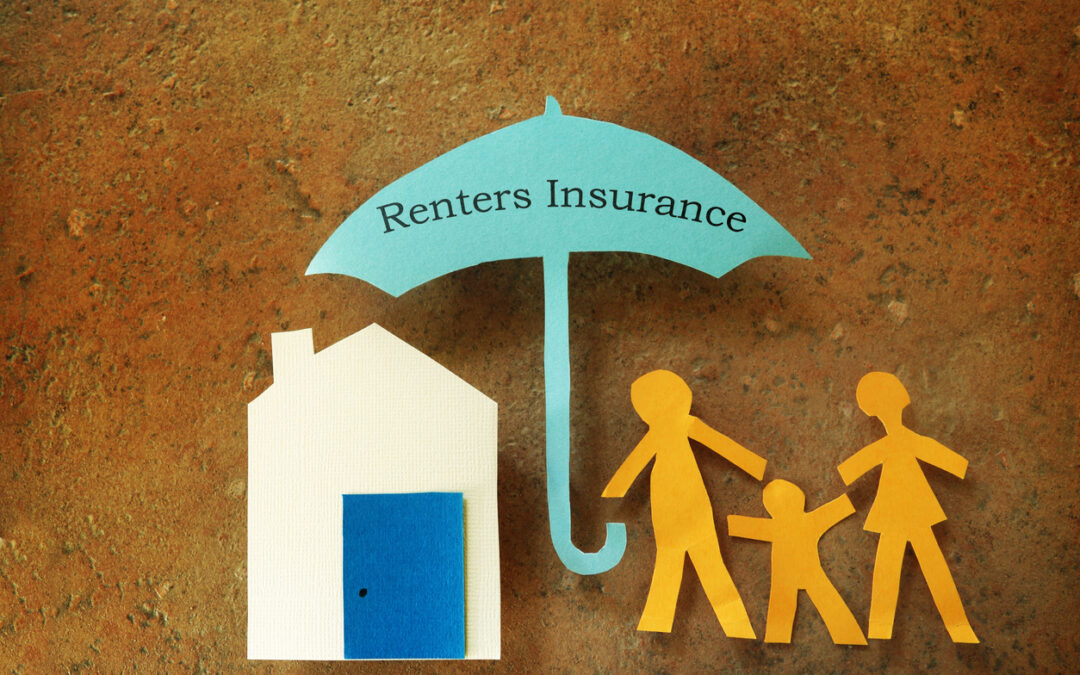Renters insurance only pays off when we separate fact from fiction. Learn what it covers, what it doesn’t, and what’s trending.
The U.S. rental insurance market has been growing steadily for the last five years, and multiple factors fuel its current value of $3.5 billion. The rise in homeownership costs has led to more New Yorkers—over 67 percent last year—choosing landlords over mortgages. Higher per capita income and increased rental vacancy rates have also contributed.
More people than ever are buying or considering renters insurance. Now is a perfect time to spotlight how this coverage works, where renters may be vulnerable, and the wider forces influencing these policies.
In this blog, you’ll learn:
- How renters insurance protects you
- What renters insurance doesn’t cover
- Coverage costs and how to optimize premiums
- The trends changing how renters insurance is applied
How renters insurance protects you
Basic renters policies are actually anything but, providing a wide range of coverage that renters can boost with a relatively little small on their premiums. For example, you could choose to be covered for additional living expenses if your home must be temporarily vacated due to a qualifying loss. These losses may be environmental and include damage by snow, wind, lightning, hail, fire, or smoke.
Other covered financial losses include vandalism, theft, and water or electrical damage to your possessions through internal malfunctions like failed appliances, power surges, or plumbing problems. Renters insurance can even reimburse policyholders for belongings stored off-premises, such as items kept in the car.
Liability payouts can be significant if someone is hurt while in your home, and renters insurance goes some way toward helping with those costs. Just how helpful payouts can be in these instances varies depending on the degree of coverage chosen (such as an umbrella policy) and if any riders have been added for items of particular value.
What renters insurance doesn’t cover
One potential misunderstanding is the idea that renters insurance and landlord insurance are similar, with both looking out for tenants. In fact, the second type looks out for the landlord’s interests by protecting the structure and any contents owned by the landlord. This has some benefit for renters who suffer damage to the property, but don’t get these two mixed up!
Renters insurance covers some environmental risks that can damage a tenant’s possessions. However, it won’t protect you in the event of a flood, which, as our previous blog covered, is becoming an increasing threat to New Yorkers. A renters policy would need to be augmented with flood insurance.
Other typical exclusions are large-scale natural disasters like earthquakes and local issues like rodent or bug problems on the premises. And any roommates sharing a rental won’t be covered just because you are.
Spouses or relatives are a different story, as they typically receive automatic protection under a single policy, particularly if umbrella coverage is in place. Umbrella policies can be a good idea for renters for several reasons, not least of which is guarding against expensive lawsuits or the impact of a wrongful eviction.
Coverage costs and how you can optimize premiums
The New York Department of Financial Services states that renters insurance starts at around $300 a year for around $50,000 of property protection. It’s important to remember that policy prices can vary by area, so make sure you look into local rates.
Insurance watchdog ValuePenguin displays a lower average figure for 2021: $150 annually for New Yorkers at $13 a month ($6 below the national monthly average). This is good news for our renter-heavy state, and there are ways to lower premiums even more.
Insurers always look favorably on tenants who are proactive about the safety of their rental property and its contents, both people and possessions. A security system is beneficial, as are fire alarms in appropriate rooms. Upgrading windows and doors with quality locks increases safety and may improve your standing with insurers.
Tenants who have multiple policies with the same insurer—such as bundling life, auto, and rental coverage—can also achieve price breaks. And raising the deductible works to lower premiums, in most cases.
The trends changing how renters insurance is applied
More landlords are adding renters insurance as a lease requirement these days. And if they don’t currently do it, they’re legally entitled to add a condition at a later date. Landlords don’t want to pay insurance claims any more than tenants do. Thus, they make renters coverage a necessity to protect themselves and their property from certain potential claims.
Landlords also like to see a high level of personal liability coverage that may prevent injured visitors from coming after them for expenses if the tenant’s policy can’t handle the cost.
Some landlords are also becoming more involved with their tenants’ policies by asking to be added to them. This doesn’t cost the tenant anything extra, nor does it provide the landlord with additional coverage. However, it does classify them as an additional “interested party” on the insurance—a status that provides the landlord with updates on how the policy is managed.
One silver lining of COVID-19 is that many major providers have excused late renters policy payments rather than applying fees or freezing coverage altogether. It remains to be seen if more insurers will follow suit and just how long such accommodations will be maintained.
Are you thinking of taking out renters insurance or looking to update an existing policy? Contact the NICRIS team at the links below, and we’d be happy to help!
NICRIS Insurance focuses on providing clients with the appropriate suite of products to protect them, their interests, and their loved ones. If you need some insurance advice or would like a free, personalized insurance review, just drop us a line, visit us Monday to Friday 9 to 5, or call (516) 544-0006.

